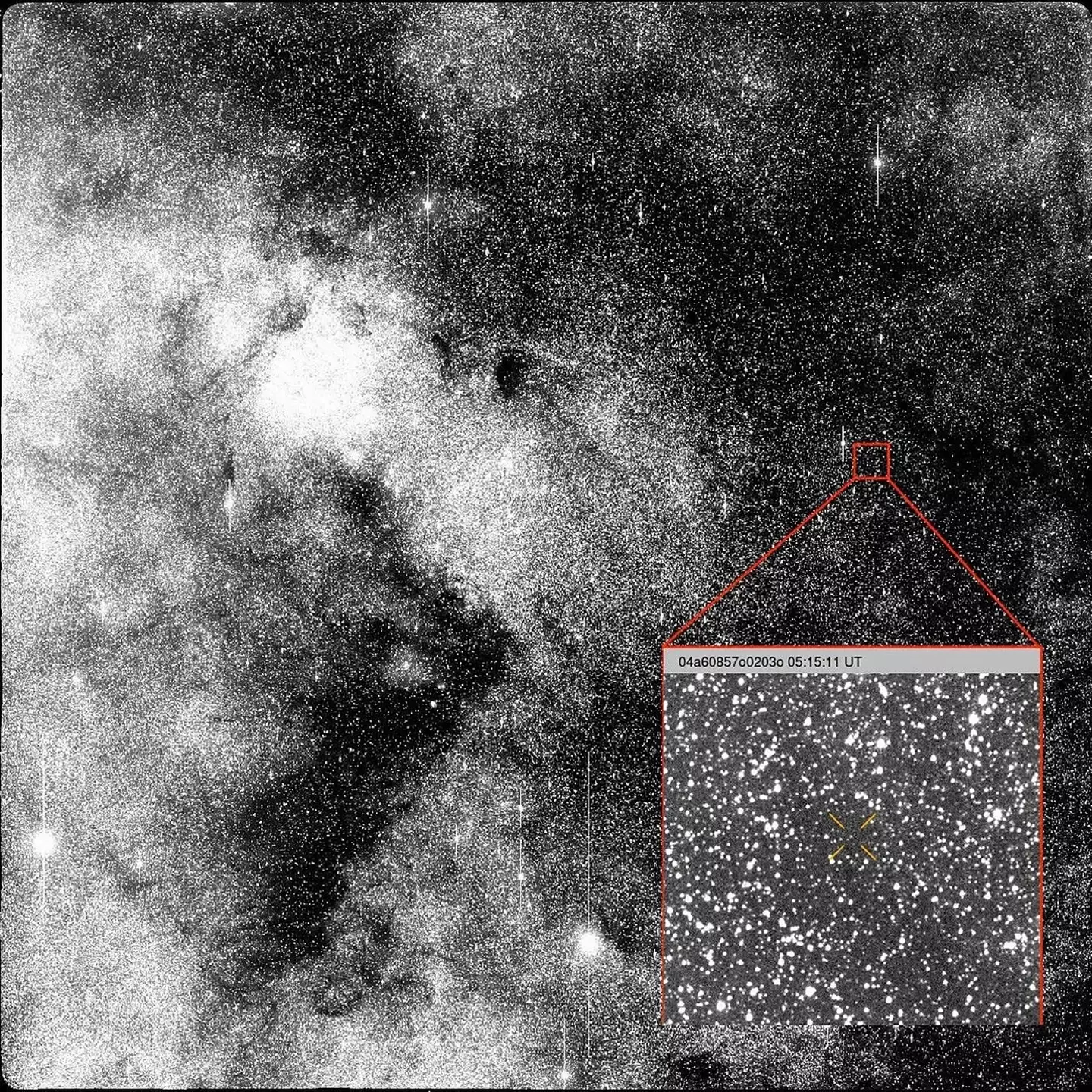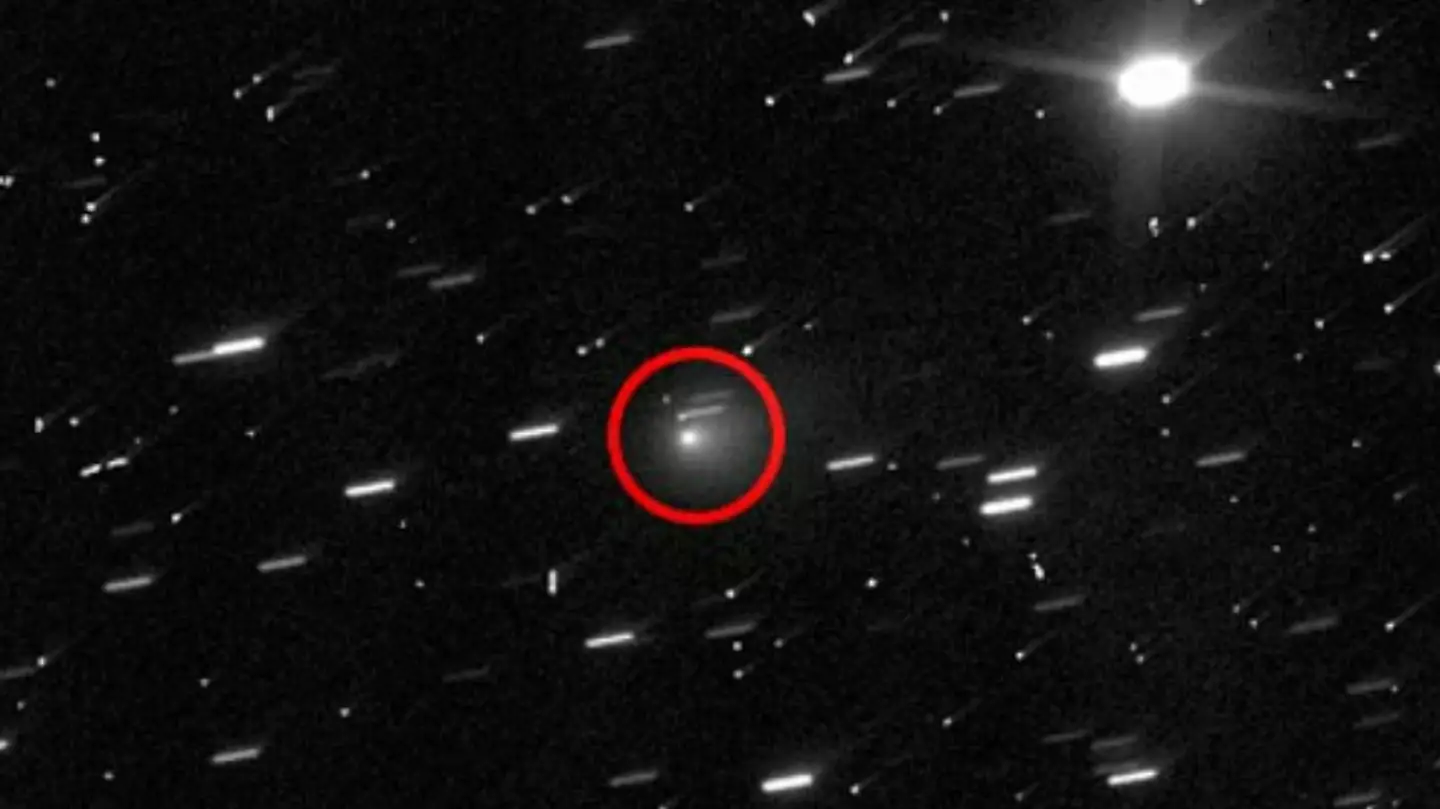A mysterious object heading towards Earth has left scientists puzzled as they try to determine its nature.
Whenever a large object is detected in space near our planet, speculation often arises about potential extraterrestrial involvement.
Could it be a UFO, or just a typical space rock? These are usually the two main possibilities considered for objects spotted in space.
When NASA discovered 3I/ATLAS on July 1, it raised questions about its identity.
Unfortunately, there is a divide in the scientific community regarding its classification – primarily due to one major point of contention.
About 200 researchers have concluded it is likely just a comet, but one scientist disagrees.
Harvard physicist Avi Loeb has published a paper suggesting that the so-called ‘comet’ lacks a crucial characteristic.

“There were claims of a tail,” Loeb mentioned, adding: “But since 3I/ATLAS is accelerating and its current size is not much larger than the angular resolution of Earth-based telescopes, it is not easy to avoid fictitious elongation of the image as a result of the object’s motion.”
Loeb also questioned its absence of gas emissions and the trajectory that seems unusually aligned within our solar system.
Employing his own ‘Loeb Scale’ to determine if an object is natural or engineered, Loeb rated 3I/ATLAS a six out of ten.
This rating implies a higher likelihood of it being engineered rather than a natural phenomenon.
In his Medium blog, Loeb noted: “I suggested a `Loeb Scale’ for interstellar objects where `0’ is definitely a natural object (comet or asteroid) and `10’ is definitely a technological object (identified by maneuvers or emission of artificial light or signals). Currently, I give 3I/ATLAS a 6 on that scale, but my assessment will change as we get better data on it when it comes closer to the Sun.”

Loeb has even speculated that it might be a kind of mothership sent to deploy probes towards Earth.
“The more likely scenario from an engineering perspective involves a mothership that releases mini-probes which perform a reverse Oberth maneuver to slow down at perihelion and intercept Earth,” he wrote.
Based on his estimates, if this theory holds, the probes could reach Earth between November 21 and December 5, 2025.
“It may come to save us or destroy us,” he stated. “We’d better be ready for both options and check whether all interstellar objects are rocks.”
Photographs of 3I/ATLAS taken on July 4 and July 29 show no evidence of a comet tail.
Loeb has suggested utilizing NASA’s Juno spacecraft to intercept the object near Jupiter next year to conclusively determine its nature.
In his blog, he wrote: “The best we can do is monitor the sky with telescopes. It may well be that 3I/ATLAS is a natural comet. But even then, we have to check each and every interstellar object that the Rubin Observatory will find in the coming decade for anomalous characteristics, like non-gravitational acceleration with no cometary tail or artificial lights or unusual shape.”
Additionally, he believes that governments should be prepared with a response plan in case it turns out to be more than just a space rock.

